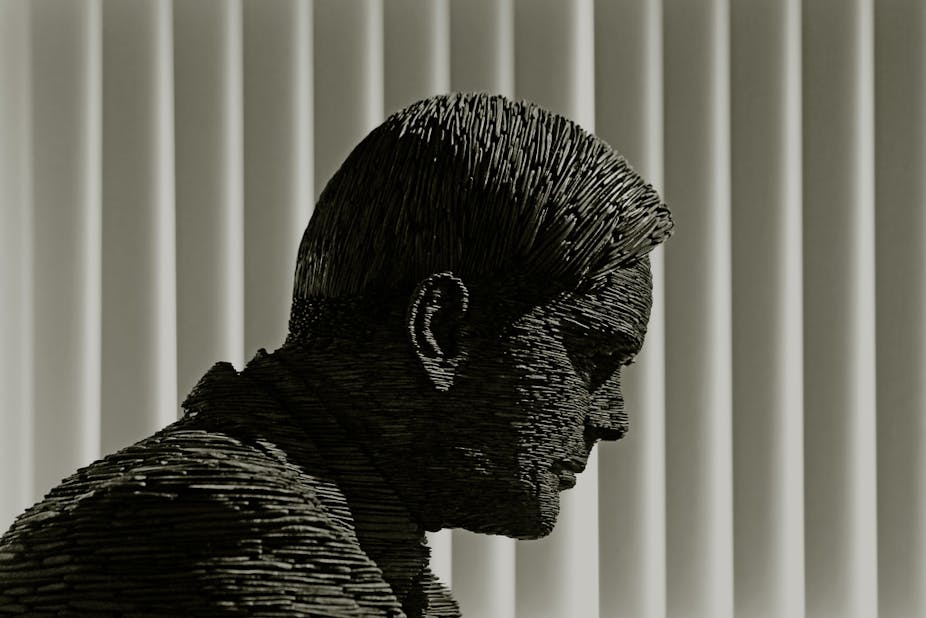What is pure mathematics? What do pure mathematicians do? Why is pure mathematics important?
These are questions I’m often confronted with when people discover I do pure mathematics.
I always manage to provide an answer but it never seems to fully satisfy.
So I’ll attempt to give a more formulated and mature response to these three questions. I apologise ahead of time for the oversimplifications I’ve had to make in order to be concise.
Broadly speaking, there are two different types of mathematics (and I can already hear protests) - pure and applied. Philosophers such as Bertrand Russell attempted to give rigorous definitions of this classification.
I capture the distinction in the following, somewhat cryptic, statement: pure mathematicians prove theorems and applied mathematicians construct theories.
What this means is that the paradigm in which mathematics is done by the two groups of people are different.
Pure mathematicians are often driven by abstract problems. To make the abstract concrete, here are a couple of examples: “are there infinitely many twin primes” or “does every true mathematical statement have a proof?”
To be more precise, mathematics built out of axioms, and the nature of mathematical truth is governed by predicate logic.
A mathematical theorem is a true statement that is accompanied by a proof that illustrates its truth beyond all doubt by deduction using logic.
Unlike an empirical theory, it is not enough to simply construct an explanation that may change as exceptions arise.
Something a mathematician suspects of being true due to evidence, but not proof, is simply conjecture.
Applied
Applied mathematicians are typically motivated by problems arising from the physical world. They use mathematics to model and solve these problems.
These models are really theories and, as with any science, they are subject to testifiability and falsifiability. As the amount of information regarding the problem increases, these models will possibly change.
Pure and applied are not necessarily mutually exclusive. There are many great mathematicians who tread both grounds.
Pure
There are many problems pursued by pure mathematicians that have their roots in concrete physical problems – particularly those that arise from relativity or quantum mechanics.
Typically, in a deeper understanding of such phenomena, various “technicalities” arise (believe me when I tell you these technicalities are very difficult to explain). These become abstracted away into purely mathematical statements that pure mathematicians can attack.
Solving these mathematical problems then can have important applications.
Ok computer
Let me give a concrete example of how abstract thought lead to the development of a device that underpins the functions of modern society: the computer.
The earliest computers were fixed program – i.e. they were purpose-built to perform only one task. Changing the program was a very costly and tedious affair.
The modern remnants of such a dinosaur would be a pocket calculator, which is built to only perform basic arithmetic. In contrast, a modern computer allows one to load a calculator program, or word-processing program, and you don’t have to switch machines to do it.
This paradigm shift occurred in the mid 1940s and is called the stored-program or the von Neumann architecture.
The widely accessible, but lesser-known, story is that this concept has its roots in the investigation of an abstract mathematical problem called the Entscheidungsproblem (decision problem).
The Entscheidungsproblem was formulated in in 1928 by the famous mathematician David Hilbert.
It approximately translates to this: “does there exist a procedure that can decide the truth or falsehood of mathematical statement in a finite number of steps?”
This was answered in the negative by Alonzo Church and Alan Turing independently in 1936 and 1937. In his paper, Turing formulates an abstract machine, which we now call the Turing machine.
The machine possesses an infinitely long tape (memory), a head that can move a step at a time, read from and write to the tape, a finite instruction table which gives instructions to the head, and a finite set of states (such as “accept”, or “deny”). One initiates the machine with input on the tape.
Such a machine cannot exist outside of the realm of mathematics since it has an infinitely long tape.
But it is the tool used to define the notion of computability. That is, we say a problem is computable if we can encode it using a Turing machine.
One can then see the parallels of a Turing machine with a fixed-program machine.
Now, suppose that there is a Turing machine U that can take the instruction table and states of an arbitrary Turing machine T (appropriately encoded), and on the same tape input I to T, and run the Turing machine T on the input I.
Such a machine is called a Universal Turing Machine.
In his 1937 paper, Turing proves an important existence theorem: there exists a universal Turing machine. This is now the parallel of the store-program concept, the basis of the modern programmable computer.
It is remarkable that an abstract problem concerning the foundations of mathematics laid the foundations to the advent of the modern computer.
It is perhaps a feature of pure mathematics that the mathematician is not constrained by the limitations of the physical world and can appeal to the imagination to create and construct abstract objects.
That is not to say the pure mathematician does not formalise physical concepts such as energy, entropy etcetera, to do abstract mathematics.
In any case, this example should illustrate that the pursuit of purely mathematical problems is a worthwhile cause that can be of tremendous value to society.

